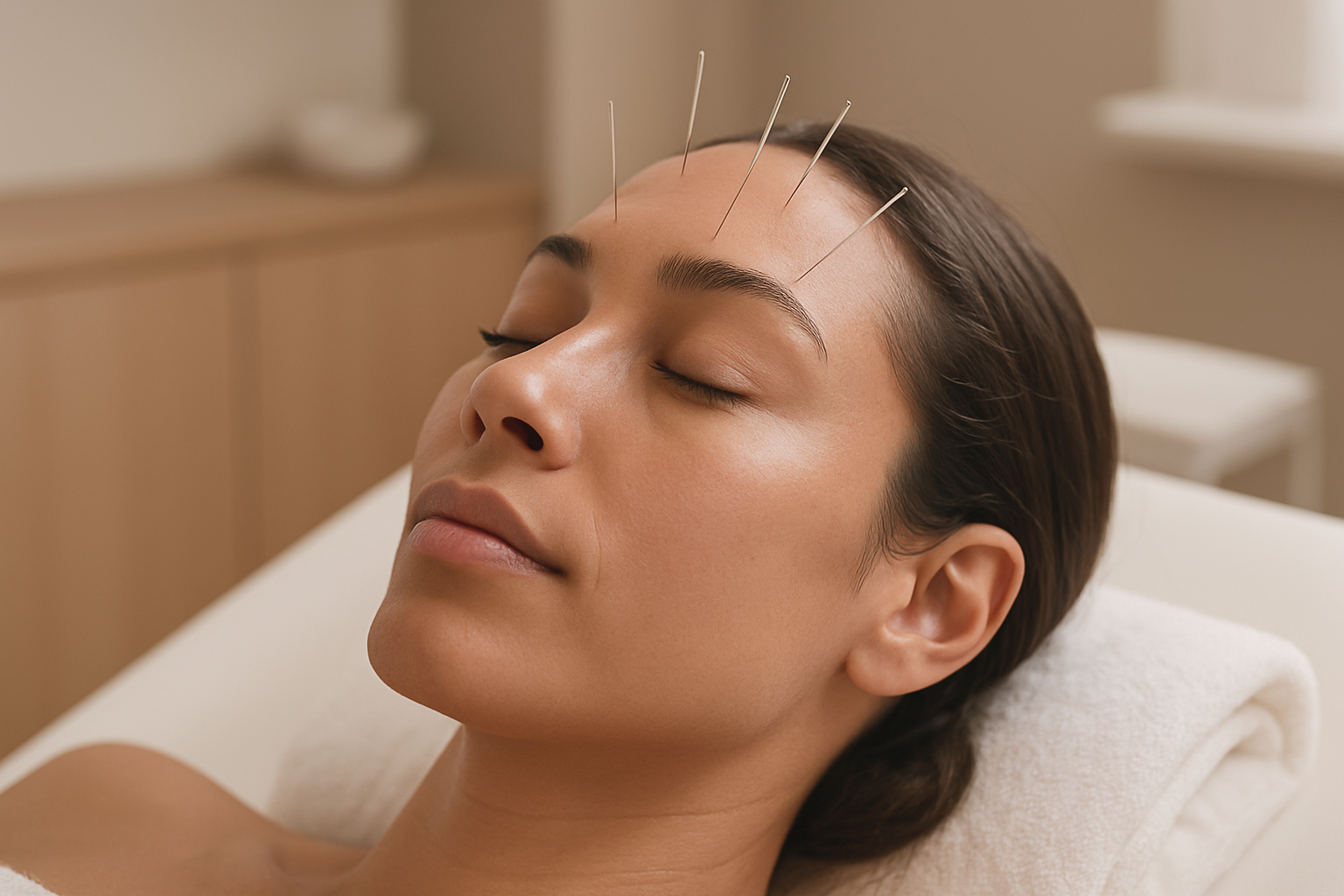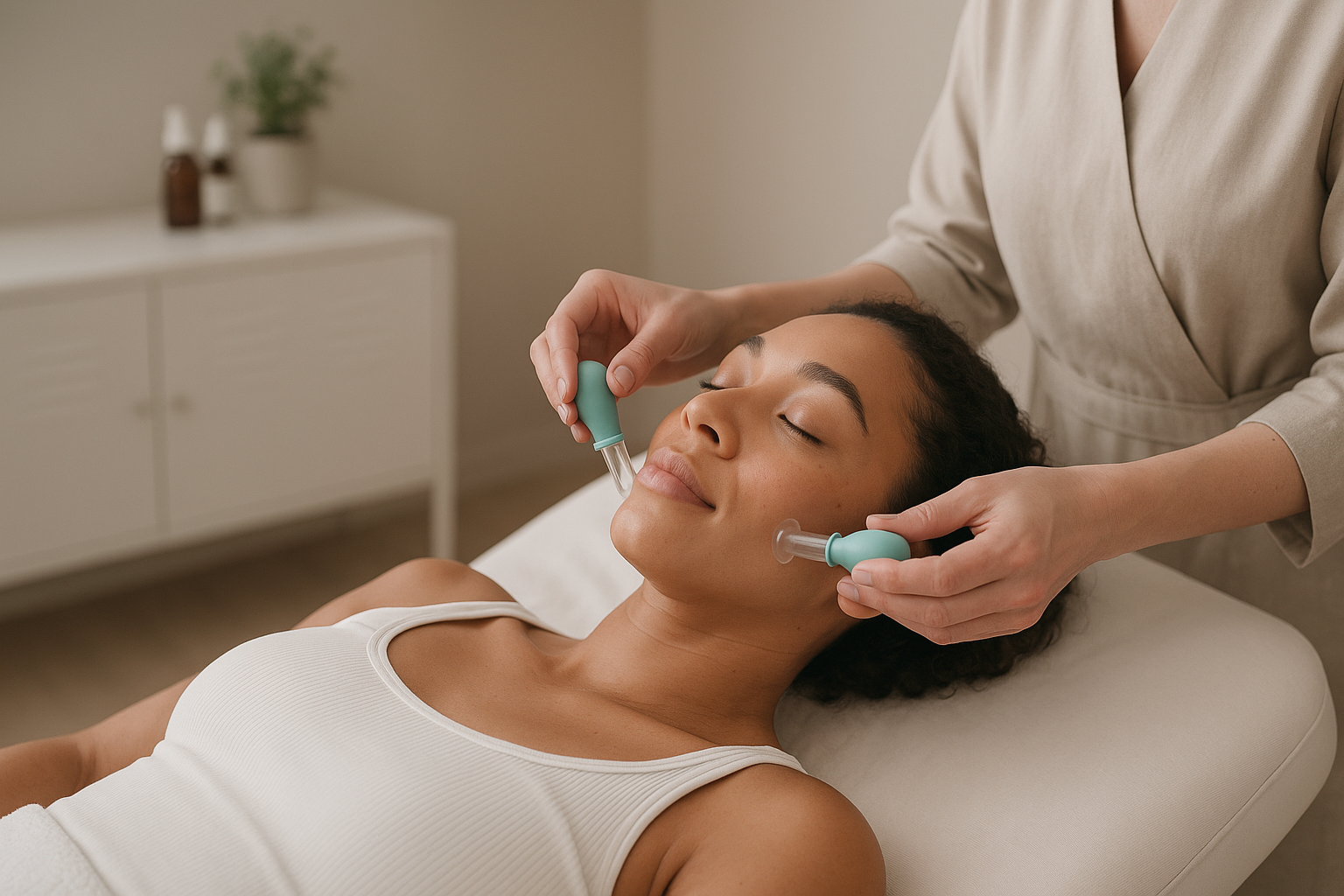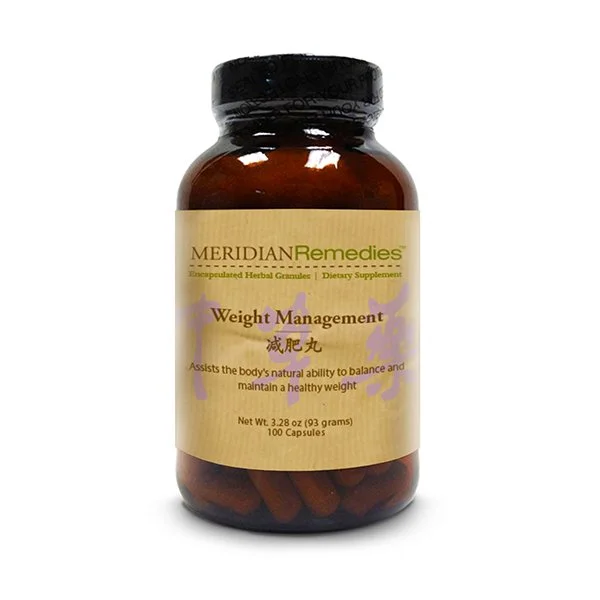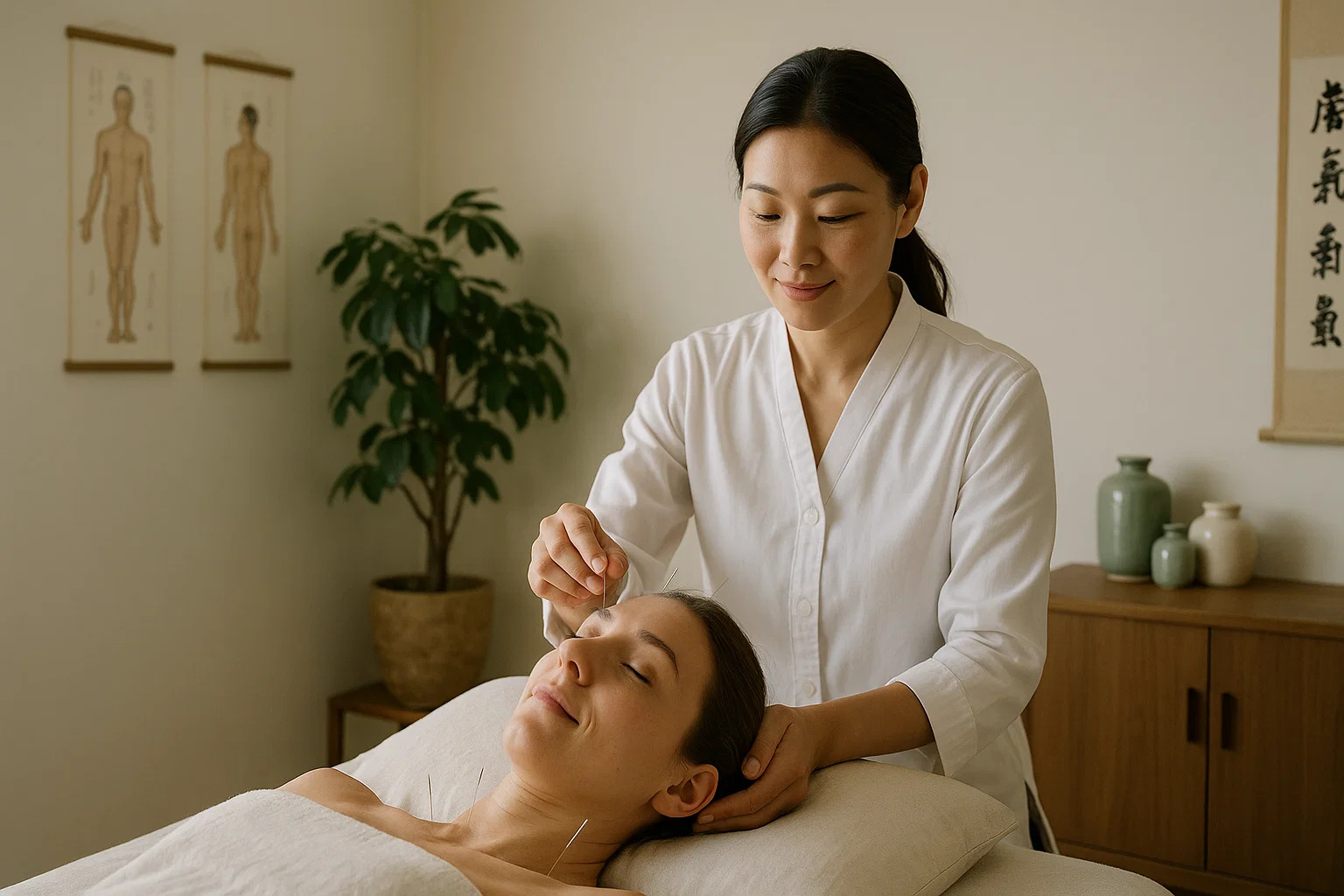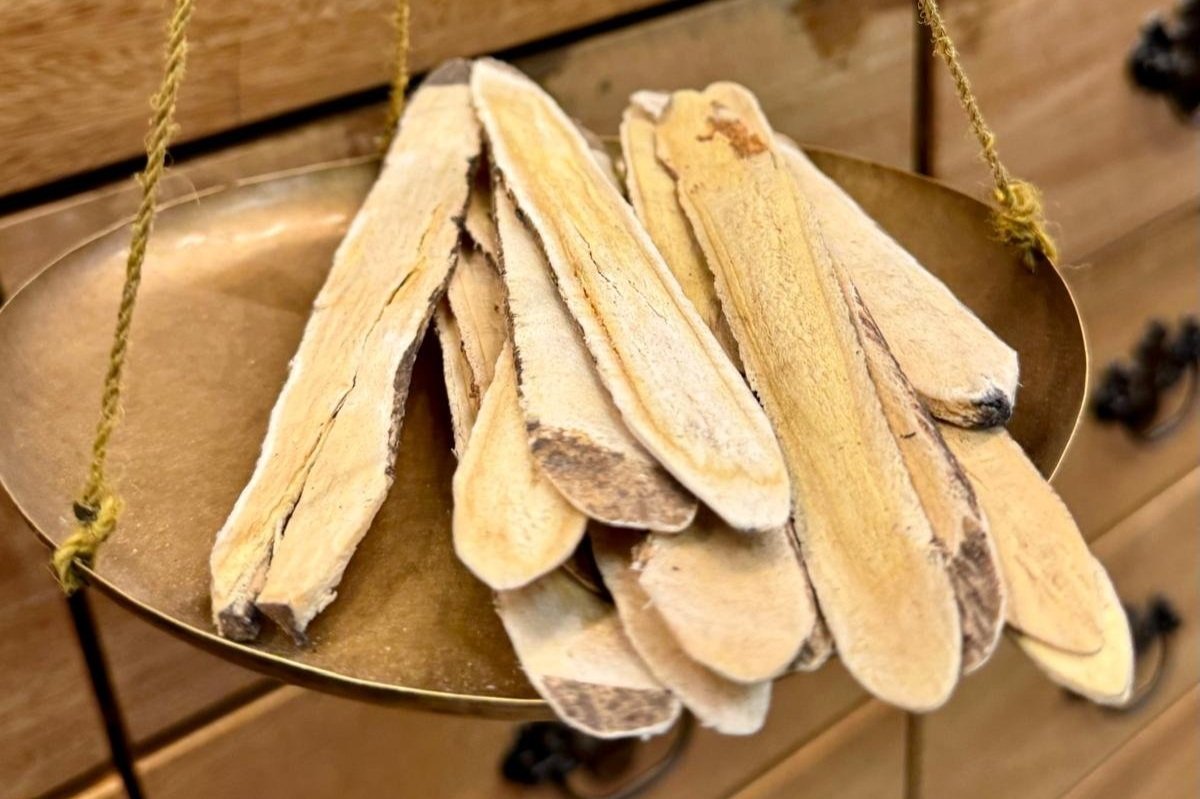Facial Rejuvenation Acupuncture has become a sought-after natural therapy for those looking to enhance their complexion without invasive procedures. Rooted in Traditional Chinese Medicine (TCM), this gentle yet powerful treatment not only addresses visible skin concerns but also promotes deeper internal balance. Here are the key benefits and why so many people are turning to this time-honored approach:
1. Alleviates Acne and Inflammation
By improving circulation, regulating the body’s internal systems, and reducing heat or stagnation, facial acupuncture helps calm active acne, reduce inflammation, and support clearer, healthier skin. It also encourages detoxification, which can lessen the frequency of breakouts.
2. Stimulates Collagen Production
One of the most transformative benefits is increased collagen production. Micro-stimulation from fine needles signals the skin to repair itself, boosting collagen and elastin—two vital proteins responsible for firmness and suppleness. Over time, clients notice smoother texture and improved skin vitality.
3. Enhances Facial Elasticity and Muscle Tone
Facial muscles can become tense or weakened due to stress, habitual expressions, or aging. Acupuncture helps release tightness, lift sagging areas, and restore natural tone. This results in a more sculpted appearance and better facial symmetry.
4. Softens Fine Lines and Wrinkles
By increasing blood flow, boosting collagen, and relaxing overactive muscles, facial acupuncture softens the look of fine lines and wrinkles. Subtle, gradual improvements create a refreshed and naturally youthful appearance—never frozen, strained, or overly tight.
5. Promotes a Youthful and Radiant Complexion
Enhanced microcirculation brings oxygen and nutrients to the skin's surface, brightening dull complexion and revitalizing tired-looking skin.
6. Supports Hormonal Balance
Hormonal fluctuations often manifest through skin concerns like acne, dryness, or redness. Facial Rejuvenation Acupuncture works with the body’s endocrine system to restore balance, helping improve skin conditions linked to hormonal irregularities.
7. Reduces Stress and Enhances Overall Well-Being
Unlike many aesthetic treatments, facial acupuncture addresses the mind-body connection. It activates the parasympathetic nervous system, easing stress and promoting deep relaxation. Reduced stress levels contribute to healthier skin and improved long-term results.
Why Choose Facial Rejuvenation Acupuncture In Grand Meridian Clinic?
A Holistic Approach to Radiant, Healthy Skin
At Grand Meridian Clinic, Facial Rejuvenation Acupuncture is more than a cosmetic treatment—it's a comprehensive, whole-body approach to beauty and wellness. We combine time-tested Traditional Chinese Medicine with advanced technologies to support natural rejuvenation from within. Here’s how each benefit works, and why choosing GMC elevates your results.
The GMC Difference: A Truly Holistic Rejuvenation Experience
At Grand Meridian Clinic, we believe that true beauty begins with balance. That’s why our Facial Rejuvenation Program integrates:
• Facial Acupuncture
• Custom Herbal Remedies
• Celluma LED Light Therapy
• Microneedling
• Facial Gua Sha
• Facial Cupping
This multidimensional care not only enhances your skin’s appearance but also nurtures your inner health—creating long-lasting, natural radiance.
Discover the Power of Celluma LED Light Therapy: Anti-Wrinkle, Acne, and Anti-Inflammation Care
Celluma LED Light Therapy is one of the most effective non-invasive technologies for restoring healthy, vibrant skin. Using clinically proven wavelengths of light, Celluma works on a cellular level to repair tissue, calm inflammation, and enhance overall skin function—making it an essential part of our integrative skincare programs.
Anti-Wrinkle & Skin Rejuvenation
Red and near-infrared light stimulate collagen and elastin production, helping to smooth fine lines and improve skin firmness. With regular sessions, clients notice brighter tone, refined texture, and a naturally renewed glow.
Acne Reduction & Clarification
Blue LED light targets acne-causing bacteria while reducing redness and inflammation. It helps clear active breakouts, prevent future congestion, and support faster healing—ideal for both teen and adult acne.
Anti-Inflammation & Healing Support
Celluma gently calms irritated or reactive skin by increasing circulation and promoting cellular repair. This makes it beneficial for sensitive skin, post-procedural recovery, and chronic inflammatory conditions.
Microneedling for Fine Lines & Serum Induction: A Modern Approach to Smoother, Youthful Skin
At Grand Meridian Clinic, we use professional grade microneedling devices to stimulate your skin’s innate healing response while delivering targeted serums deep into the dermal layers. This dual-action therapy makes microneedling a powerful solution for softening fine lines, improving texture, and restoring youthful radiance.
Microneedling works by creating microscopic channels on the skin’s surface, triggering the body to:
• Boost collagen production
• Increase elastin synthesis
• Revitalize aging or sluggish skin cells
Over a series of treatments, fine lines soften, texture becomes smoother, and the skin appears lifted and plumped. The results are natural, progressive, and long-lasting—without fillers, toxins, or downtime.
Facial Gua Sha & Cupping: Natural Techniques for Sculpted, Radiant Skin
Facial Gua Sha and Cupping are two ancient beauty rituals rooted in Traditional Chinese Medicine that have gained modern popularity for their remarkable ability to lift, sculpt, and rejuvenate the skin. At Grand Meridian Clinic, these therapies are used as part of our holistic facial rejuvenation programs to promote healthy circulation, reduce tension, and enhance natural glow.
Benefits of Facial Gua Sha & Facial Cupping:
• Reduces puffiness and fluid retention
• Enhances lymphatic flow and detoxification
• Improves circulation for brighter, clearer skin
• Relieves muscle tension in the jaw and forehead
• Lifts and sculpts the natural contours of the face
Why Choose Kamwo?
At Grand Meridian Clinic, we bring together modern medicine and timeless TCM wisdom. Whether you are undergoing chemotherapy, in remission, or supporting a loved one — we are here to help ease the journey.
Dr. Olivia Choi
L.Ac, DACM, MPH, MSBB, BPharm
Grand Meridian Clinic



